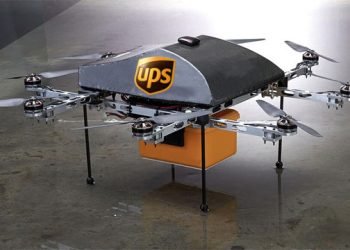By Eva Richardson | The Logistic News
As global logistics continues to be strained by a growing labor shortage, companies are increasingly turning to digital twin technology to transform how warehouses are managed and optimized.
A digital twin is a real-time virtual replica of a physical system—in this case, a warehouse. It allows operators to visualize, simulate, and fine-tune logistics processes without disrupting actual operations. From inventory management and equipment layout optimization to predictive maintenance, digital twins provide warehouse managers with powerful new decision-making tools.
“What we’re seeing is a major shift from reactive management to predictive, data-driven strategies,” says a logistics innovation director at a leading European e-commerce firm.
Recent pilots across the U.S., Germany, and Singapore have shown:
• Up to 25% reduction in energy usage through simulation of automated workflows
• Real-time adaptation to demand spikes in order processing
• Improved labor allocation based on virtual modeling of staffing efficiency
As logistics providers continue to digitize their networks, digital twin adoption is set to become a new industry standard, particularly for high-volume fulfillment centers struggling with workforce gaps and rising customer expectations for speed.
With the integration of AI, IoT sensors, and 3D spatial mapping, digital twins are becoming not just monitoring tools—but strategic assets that mirror and evolve with the physical environment in real time.























